Home>Storage & Organization>Kitchen Organizing Tools>How To Discipline A Cat For Peeing Outside The Litter Box
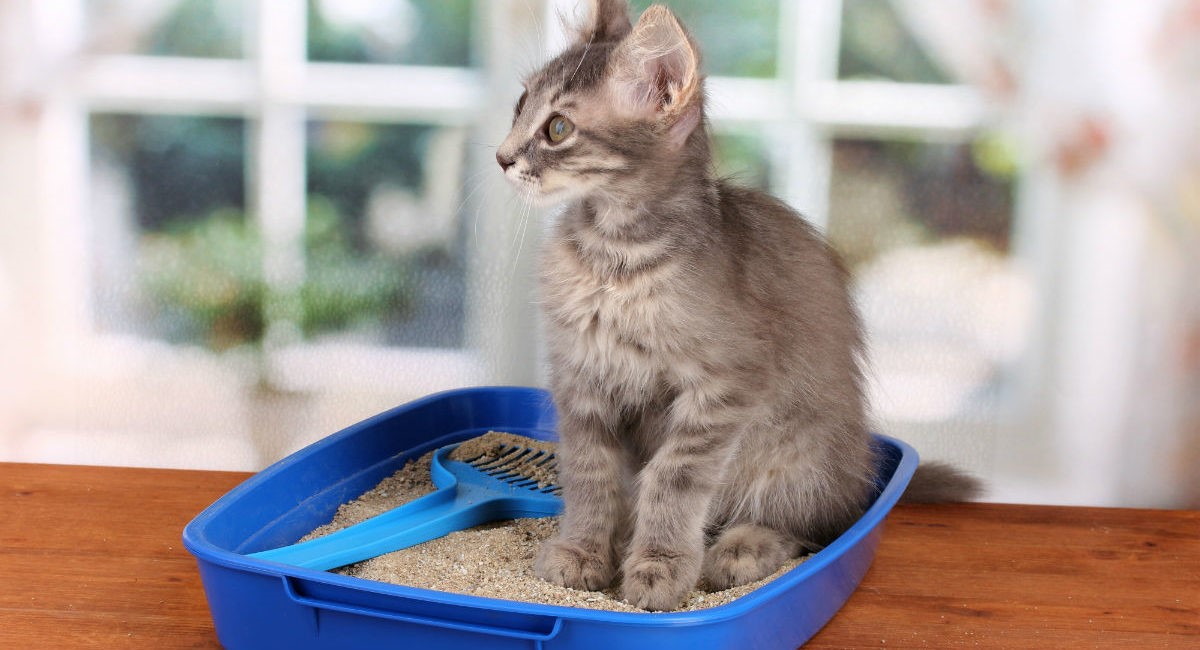

Kitchen Organizing Tools
How To Discipline A Cat For Peeing Outside The Litter Box
Modified: March 2, 2024
Discover effective ways to discipline a cat for peeing outside the litter box and explore essential kitchen organizing tools for a tidy and efficient space. Unlock helpful tips and products to maintain a harmonious home environment.
(Many of the links in this article redirect to a specific reviewed product. Your purchase of these products through affiliate links helps to generate commission for Storables.com, at no extra cost. Learn more)
Understanding the Reasons Behind the Behavior
Understanding the reasons behind a cat's behavior is crucial when addressing issues related to peeing outside the litter box. Cats are known for their fastidious nature, and any deviation from their litter box habits can be a cause for concern. Several factors can contribute to this behavior, and it's essential to delve into these reasons to effectively address the issue.
-
Health Issues: Cats may urinate outside the litter box due to underlying health problems such as urinary tract infections, kidney issues, or diabetes. These conditions can cause discomfort and may lead to aversion to the litter box.
-
Litter Box Preferences: Cats are particular about their litter box preferences. Factors such as the type of litter, cleanliness, size of the box, and its location can significantly impact a cat's willingness to use it. A cat may avoid the litter box if it doesn't meet their specific requirements.
-
Stress and Anxiety: Cats are sensitive to changes in their environment. Stressors such as moving to a new home, the introduction of a new pet, or changes in the household dynamics can trigger anxiety in cats, leading to inappropriate urination.
-
Territorial Marking: Unneutered male cats, as well as some female cats, may engage in territorial marking behavior. This involves spraying urine in various locations to establish their territory, especially if they feel threatened or stressed.
-
Litter Box Aversion: Negative experiences associated with the litter box, such as loud noises near the box, aggressive interactions with other pets in the vicinity, or associating the litter box with punishment, can lead to aversion and subsequent avoidance of the litter box.
By understanding these underlying reasons, cat owners can better address the issue of inappropriate urination. Identifying the specific cause or triggers for a cat's behavior is the first step in implementing effective strategies to correct and prevent this unwanted conduct.
Key Takeaways:
- Understanding the reasons behind a cat’s litter box behavior, like health issues and stress, helps cat owners address and prevent inappropriate urination, creating a happier environment for both cats and their owners.
- Creating a suitable litter box environment, using positive reinforcement techniques, and seeking professional help when needed are essential steps in addressing and preventing a cat’s inappropriate urination, ensuring a harmonious relationship between cats and their owners.
Creating a Suitable Litter Box Environment
A suitable litter box environment is essential for encouraging proper litter box usage and preventing cats from urinating outside the designated area. By creating an environment that meets a cat's specific needs and preferences, cat owners can significantly reduce the likelihood of inappropriate urination. Here are key considerations for establishing an ideal litter box environment:
-
Litter Box Placement: The location of the litter box plays a crucial role in a cat's willingness to use it. It's important to place the litter box in a quiet, easily accessible, and low-traffic area. Cats prefer privacy when using the litter box, so positioning it in a secluded yet accessible spot can promote regular use.
-
Multiple Litter Boxes: In households with multiple cats, providing more than one litter box is essential. The general rule is to have one litter box per cat plus an additional box. This ensures that each cat has access to a litter box and reduces the likelihood of territorial disputes or competition over the litter box.
-
Litter Box Size and Type: Cats have varying preferences when it comes to litter box size and the type of litter used. It's advisable to choose a litter box that is large enough for the cat to comfortably move around in. Additionally, experimenting with different types of litter, such as clumping, non-clumping, or natural alternatives, can help determine the cat's preferences.
-
Litter Box Cleanliness: Maintaining a clean litter box is imperative. Cats are meticulous animals and may refuse to use a soiled or odorous litter box. Regular scooping and thorough cleaning of the litter box, using unscented litter, can encourage consistent litter box usage.
-
Litter Box Accessibility: For senior cats or those with mobility issues, ensuring easy access to the litter box is crucial. Choosing a litter box with low entry points or providing ramps for accessibility can accommodate cats with special needs.
-
Environmental Enrichment: Incorporating environmental enrichment near the litter box can create a positive association with the area. Placing toys, scratching posts, or providing a view of the outdoors can make the litter box environment more inviting and less stressful for the cat.
By implementing these strategies, cat owners can create a litter box environment that promotes regular and appropriate litter box usage. Understanding and addressing a cat's specific preferences and needs can significantly reduce instances of inappropriate urination and contribute to a harmonious coexistence between cats and their owners.
Using Positive Reinforcement Techniques
Positive reinforcement techniques are powerful tools for shaping a cat's behavior and encouraging proper litter box usage. By leveraging positive reinforcement, cat owners can create a supportive and encouraging environment that motivates their feline companions to use the litter box consistently. These techniques focus on rewarding desirable behaviors, thereby increasing the likelihood of their recurrence. Here's a detailed exploration of positive reinforcement techniques that can be effectively applied to address litter box issues:
1. Reward-Based Training:
Implementing a reward-based training approach involves offering enticing incentives to cats when they use the litter box appropriately. Upon observing the desired behavior, such as urinating in the litter box, promptly reward the cat with a treat, verbal praise, or gentle petting. This positive association reinforces the cat's inclination to use the litter box, as they associate it with pleasurable experiences.
2. Consistency and Timing:
Consistency and timing are crucial aspects of positive reinforcement. It's essential to consistently reward the cat immediately after they use the litter box correctly. This timely reinforcement helps the cat establish a clear connection between the action and the reward, reinforcing the desired behavior effectively.
3. Utilizing Favorite Treats:
Identifying the cat's favorite treats and using them as rewards can be highly effective. By offering treats that the cat finds particularly appealing, such as tuna flakes or freeze-dried meat, cat owners can create a strong incentive for the cat to use the litter box. This approach capitalizes on the cat's natural motivation for food, reinforcing positive litter box behavior.
4. Verbal Encouragement:
Incorporating verbal encouragement into the positive reinforcement process can further enhance its effectiveness. Using a cheerful and encouraging tone when the cat uses the litter box can convey positive reinforcement through vocal cues. Cats are responsive to tone and inflection, and positive verbal cues can reinforce the desired behavior.
5. Patience and Persistence:
Positive reinforcement techniques require patience and persistence. It's important to consistently apply these techniques over time, allowing the cat to gradually form positive associations with the litter box. With patience and persistence, cats can learn to prefer using the litter box, leading to a positive change in their behavior.
By incorporating these positive reinforcement techniques into their approach, cat owners can effectively encourage proper litter box usage and address instances of inappropriate urination. These techniques not only foster a harmonious relationship between cats and their owners but also contribute to a stress-free and hygienic living environment for both the cats and their human companions.
Implementing Corrective Measures
Addressing instances of inappropriate urination requires the implementation of corrective measures aimed at modifying a cat's behavior and fostering consistent litter box usage. Corrective measures are essential for redirecting the cat's behavior towards appropriate elimination habits while discouraging urination outside the litter box. By employing effective corrective measures, cat owners can proactively address the issue and create a conducive environment for their feline companions.
1. Cleaning and Neutralizing Soiled Areas:
Thoroughly cleaning and neutralizing areas where the cat has urinated outside the litter box is a crucial initial step. Using enzymatic cleaners specifically designed to eliminate pet odors can effectively remove lingering scents that may attract the cat to revisit the same spot. By eradicating the odor, the cat's inclination to urinate in the same location is diminished, thereby discouraging repeat incidents.
2. Behavior Modification:
Behavior modification techniques play a pivotal role in correcting inappropriate urination. One effective approach involves the use of deterrents such as double-sided tape or aluminum foil placed in the areas where the cat has previously urinated. These deterrents create an unpleasant sensation for the cat, dissuading them from revisiting the soiled spots. Additionally, providing alternative, attractive surfaces for scratching and marking, such as designated scratching posts or pads, can redirect the cat's territorial behaviors away from inappropriate areas.
3. Utilizing Pheromone Products:
Pheromone-based products, such as diffusers or sprays that mimic calming feline pheromones, can aid in reducing stress and anxiety-related urination. These products create a calming environment, potentially alleviating the underlying emotional triggers that contribute to inappropriate elimination. By promoting a sense of security and comfort, pheromone products can help mitigate stress-induced urination outside the litter box.
4. Veterinary Consultation:
Seeking guidance from a veterinarian is essential, especially when addressing persistent or unexplained instances of inappropriate urination. A thorough veterinary examination can help identify any underlying medical conditions contributing to the behavior. Additionally, veterinarians can provide valuable insights and recommendations for behavior modification strategies, dietary adjustments, or medical interventions tailored to the cat's specific needs.
Read more: Why Do My Cats Pee Outside The Litter Box
5. Environmental Enrichment and Stress Reduction:
Creating a enriched environment that caters to the cat's physical and psychological needs is instrumental in addressing inappropriate urination. Environmental enrichment activities, such as interactive play sessions, puzzle feeders, and vertical spaces for climbing and perching, can alleviate boredom and reduce stress, thereby minimizing the likelihood of stress-induced urination. Furthermore, maintaining a predictable routine and minimizing disruptive changes in the household can contribute to a calmer and more predictable environment for the cat.
By implementing these corrective measures, cat owners can effectively address instances of inappropriate urination and promote consistent litter box usage. These proactive strategies not only address the immediate issue but also contribute to the overall well-being and behavioral harmony of the cat within the household.
Seeking Professional Help if Necessary
Seeking professional help is a crucial step for cat owners facing persistent or complex issues related to inappropriate urination. While proactive measures and home-based strategies are valuable in addressing common litter box problems, certain situations may necessitate the expertise of professionals specializing in feline behavior and veterinary care. By recognizing the signs that indicate the need for professional intervention, cat owners can ensure comprehensive and tailored support for their feline companions.
Signs That Warrant Professional Assistance
-
Persistent Inappropriate Urination: If a cat continues to urinate outside the litter box despite diligent efforts to address the issue through environmental modifications and behavioral interventions, consulting a veterinarian or a certified feline behaviorist is advisable. Persistent inappropriate urination may indicate underlying medical conditions or complex behavioral factors that require expert evaluation.
-
Sudden Changes in Litter Box Behavior: Abrupt changes in a cat's litter box habits, such as sudden aversion to the litter box or a drastic increase in urination frequency, warrant professional assessment. These changes could be indicative of health issues, stress-related behavior, or environmental triggers that necessitate professional evaluation and intervention.
-
Recurring Stress-Related Behaviors: Cats exhibiting stress-related behaviors, including inappropriate urination triggered by environmental stressors or anxiety, may benefit from professional guidance. Feline behaviorists can assess the underlying stressors and develop tailored behavior modification plans to alleviate the cat's anxiety and promote positive litter box habits.
-
Unexplained Physical Symptoms: Cats displaying accompanying physical symptoms such as excessive thirst, lethargy, or discomfort during urination require prompt veterinary attention. These symptoms may signal underlying medical conditions such as urinary tract infections, kidney disease, or diabetes, all of which can contribute to inappropriate urination and necessitate medical intervention.
Professional Resources and Support
-
Veterinary Consultation: A comprehensive veterinary examination is essential for ruling out potential medical causes of inappropriate urination. Veterinarians can conduct diagnostic tests, including urinalysis and blood work, to identify underlying health issues and prescribe appropriate treatments. Additionally, veterinarians can offer guidance on dietary adjustments and medical interventions to address urinary health concerns.
-
Certified Feline Behaviorists: Seeking assistance from certified feline behaviorists or animal behavior consultants can provide specialized insights into feline behavior and offer tailored behavior modification plans. These professionals can conduct in-depth behavior assessments, identify triggers for inappropriate urination, and implement targeted behavior modification strategies to address the underlying causes.
-
Collaborative Care Approach: In complex cases involving both medical and behavioral components, a collaborative care approach involving both veterinarians and feline behavior specialists can yield comprehensive support. This collaborative effort ensures a holistic evaluation of the cat's physical and behavioral well-being, leading to integrated treatment plans that address multifaceted factors contributing to inappropriate urination.
The Importance of Timely Intervention
Timely intervention through professional assistance is paramount in addressing complex litter box issues and promoting the overall well-being of cats. By recognizing the signs that indicate the need for professional help and accessing specialized resources, cat owners can provide their feline companions with comprehensive care tailored to their individual needs. Professional expertise and collaborative care approaches play a pivotal role in resolving challenging litter box behaviors, ultimately fostering a harmonious and supportive environment for cats within the household.
Frequently Asked Questions about How To Discipline A Cat For Peeing Outside The Litter Box
Was this page helpful?
At Storables.com, we guarantee accurate and reliable information. Our content, validated by Expert Board Contributors, is crafted following stringent Editorial Policies. We're committed to providing you with well-researched, expert-backed insights for all your informational needs.
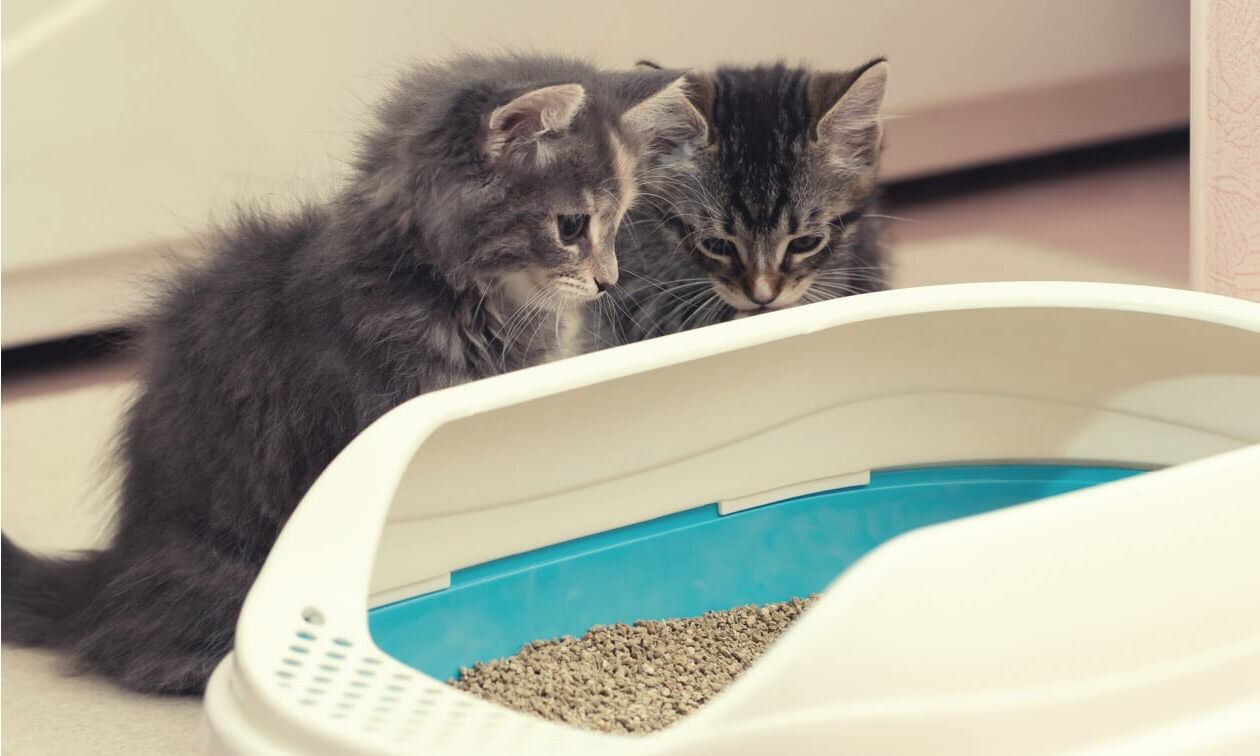
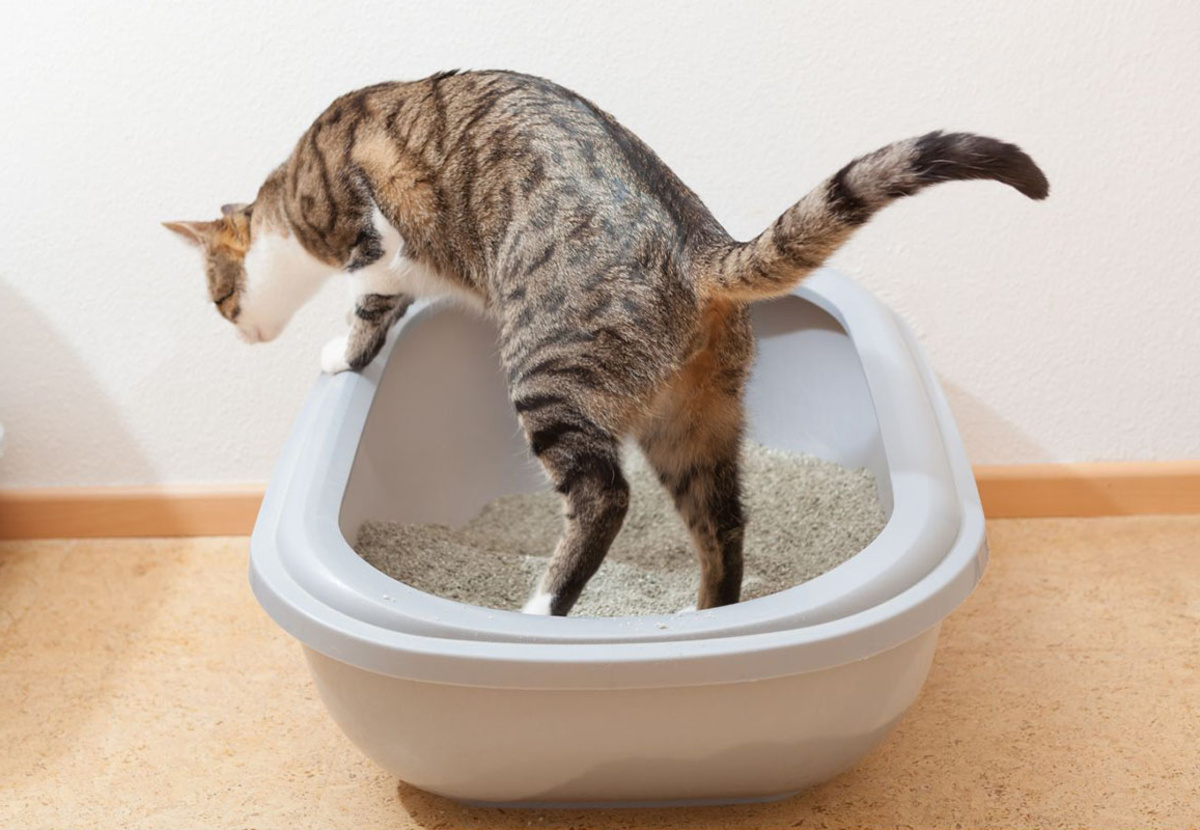
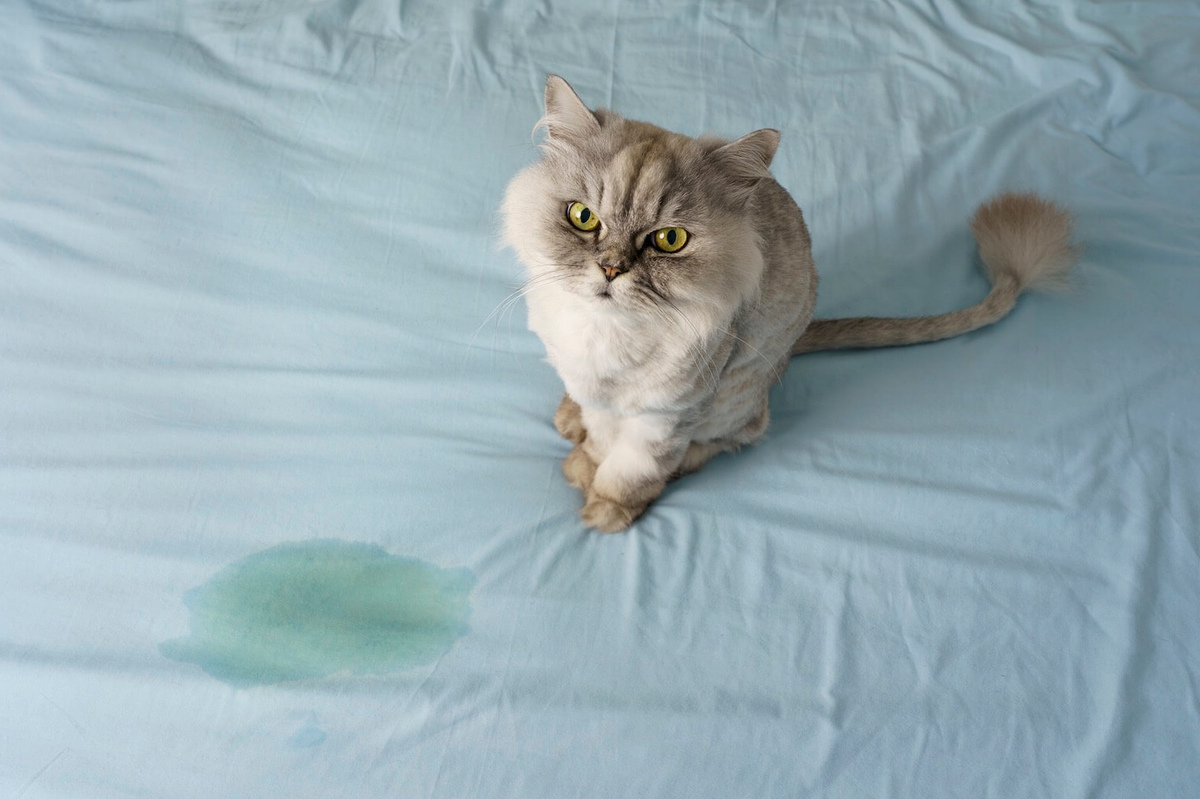
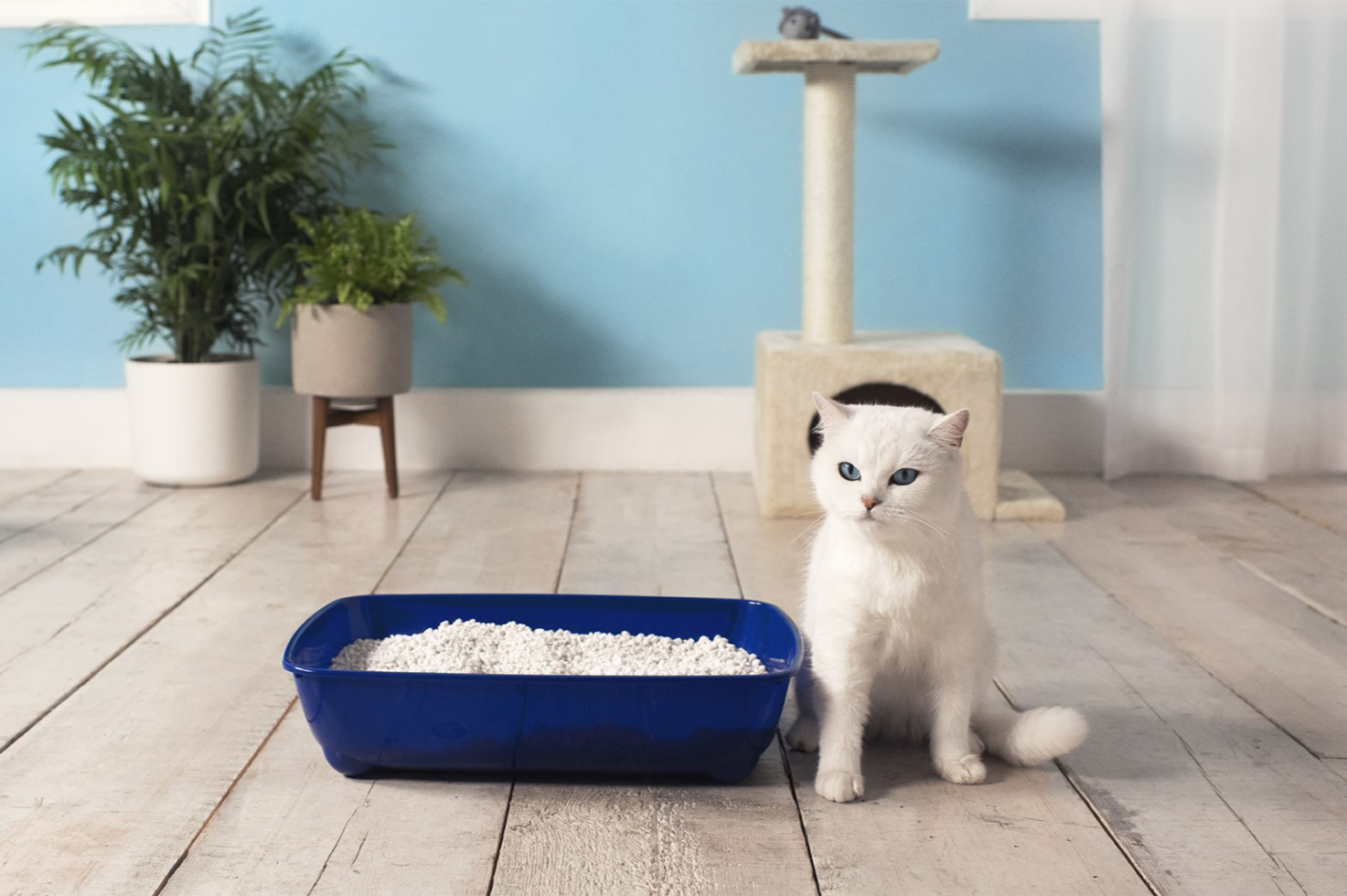
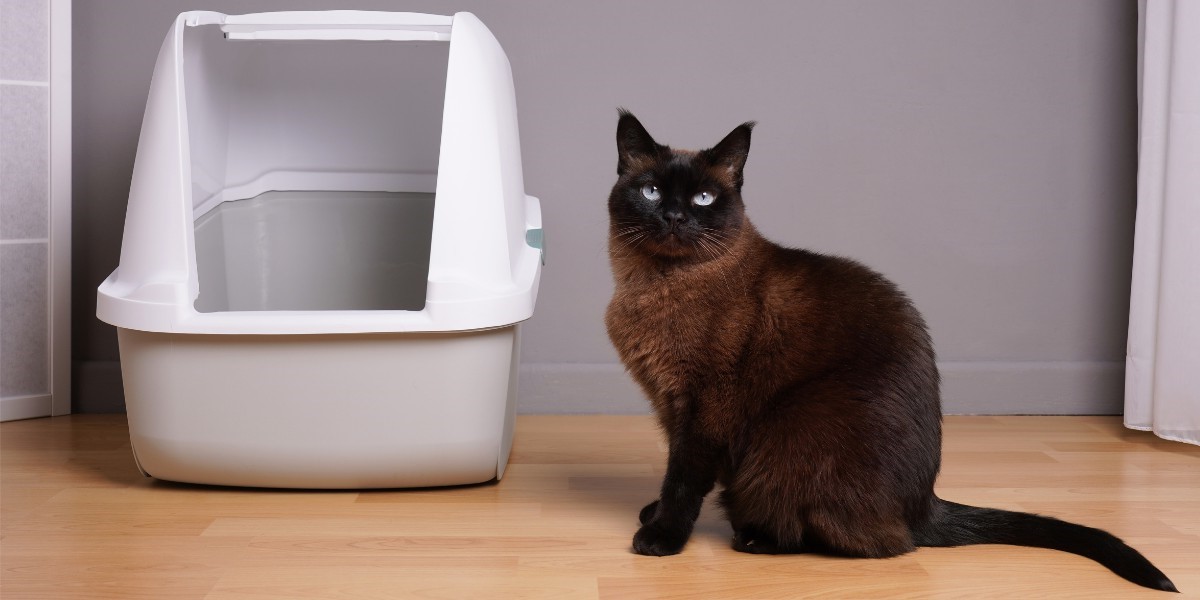
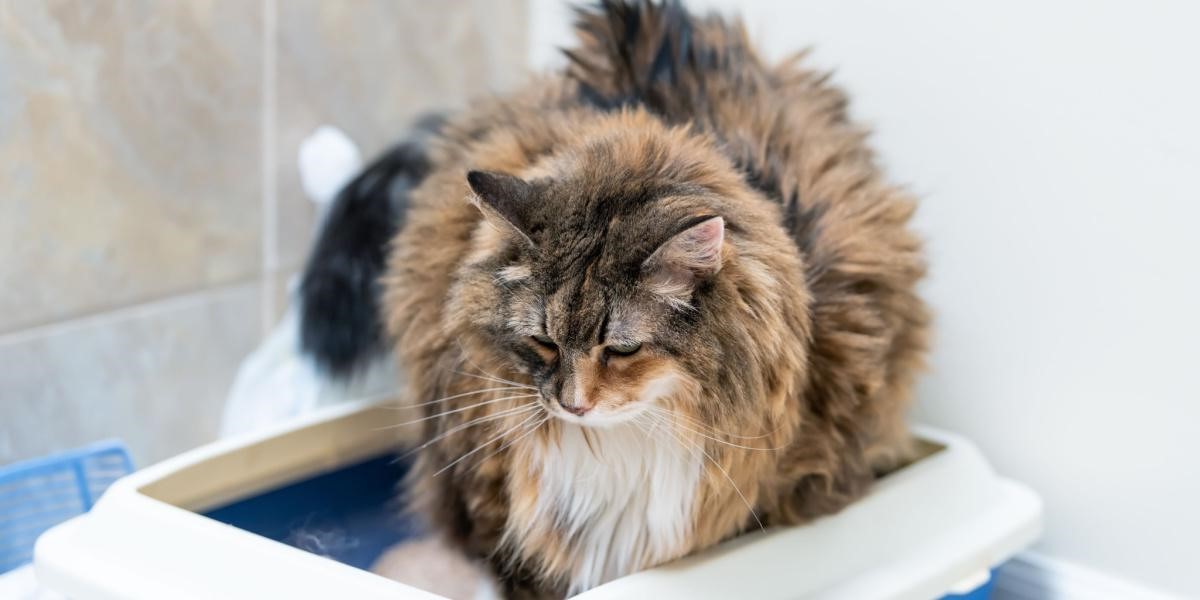
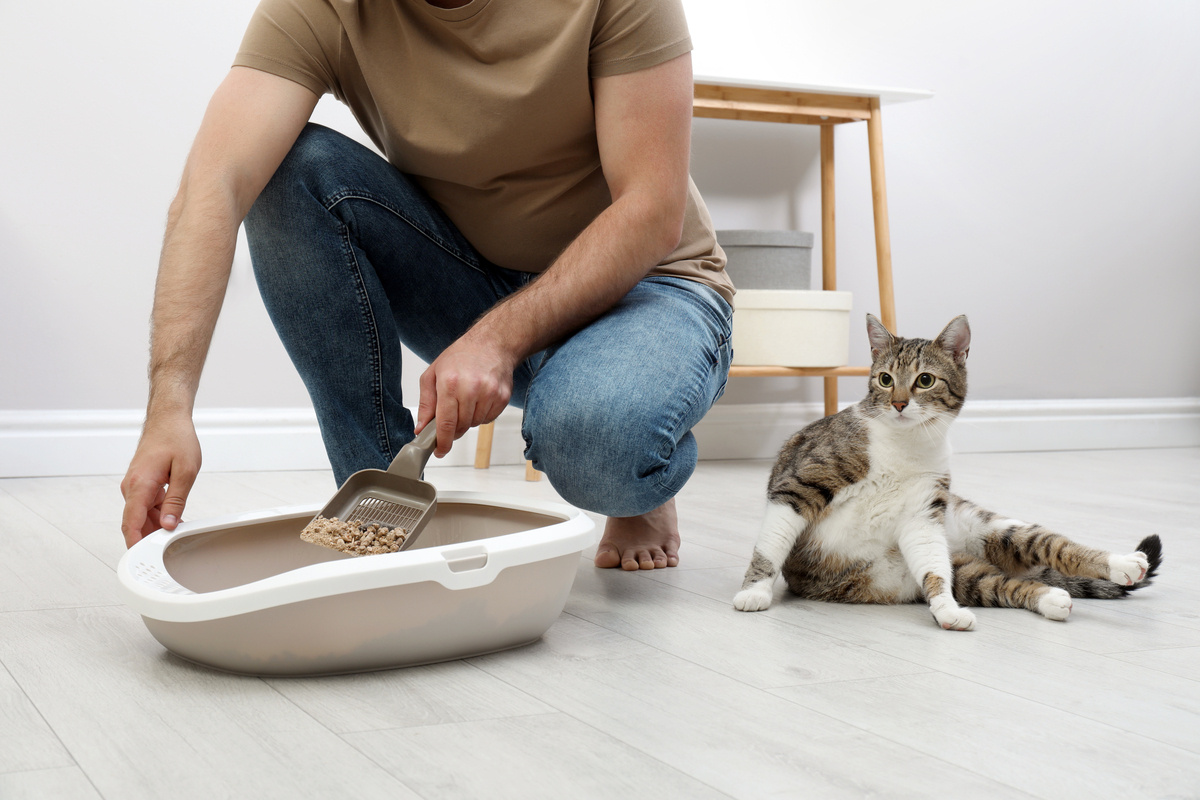
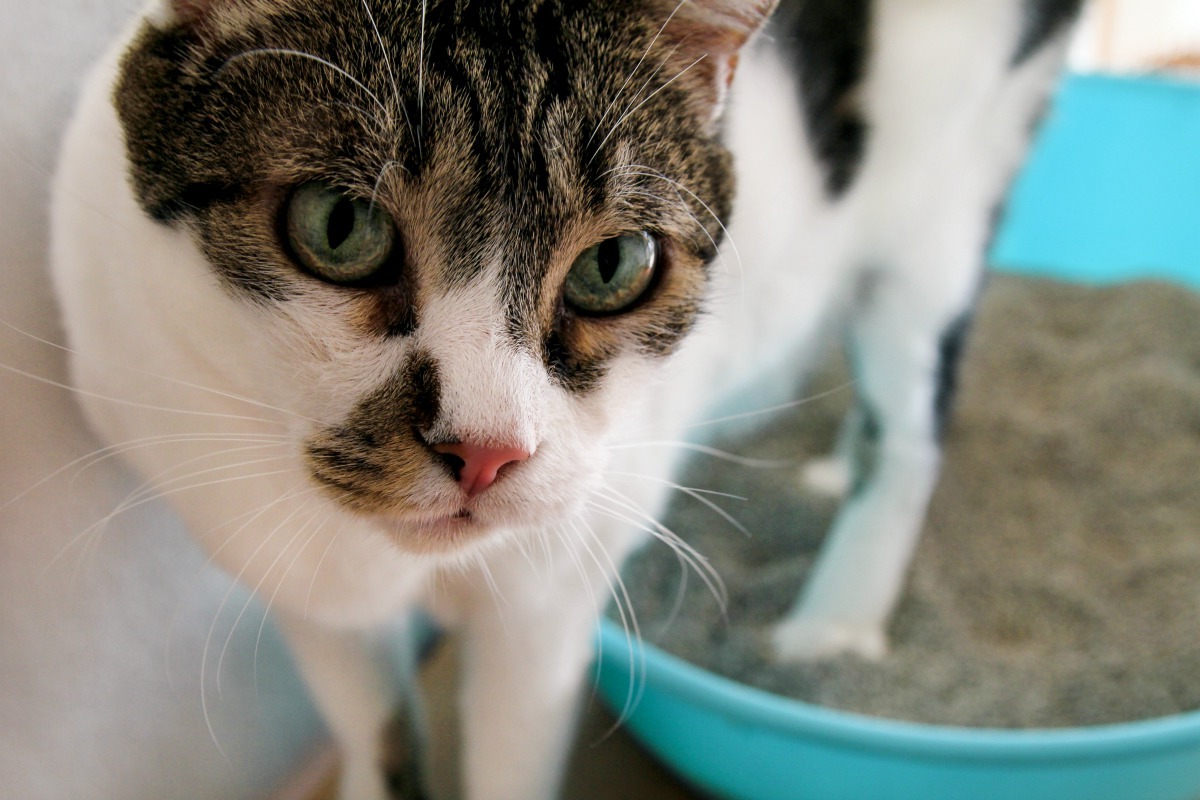
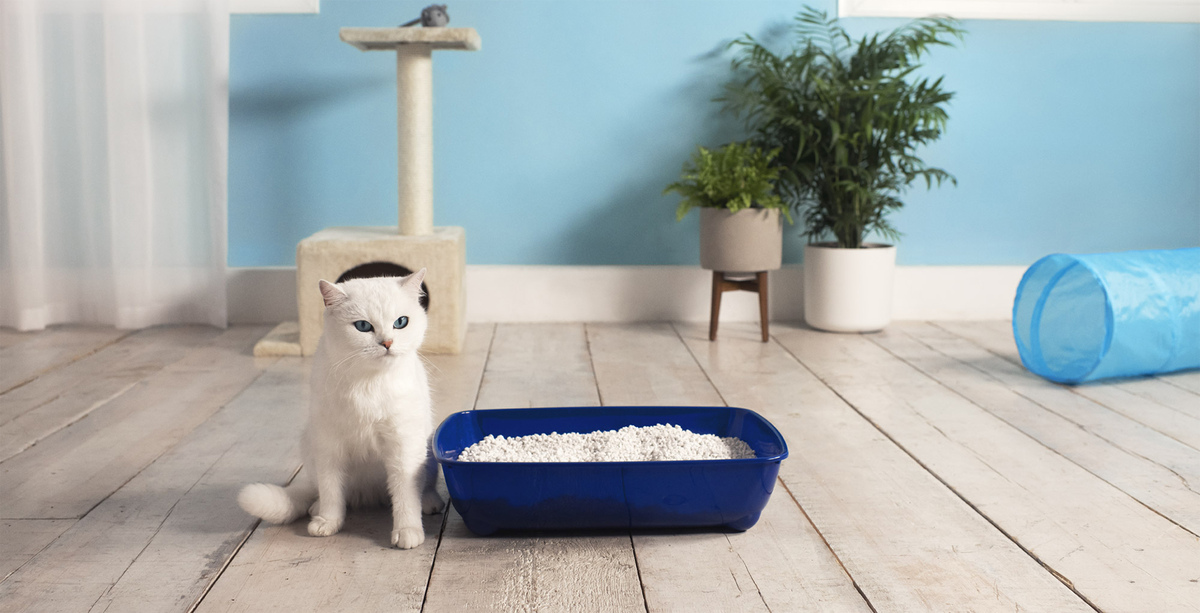
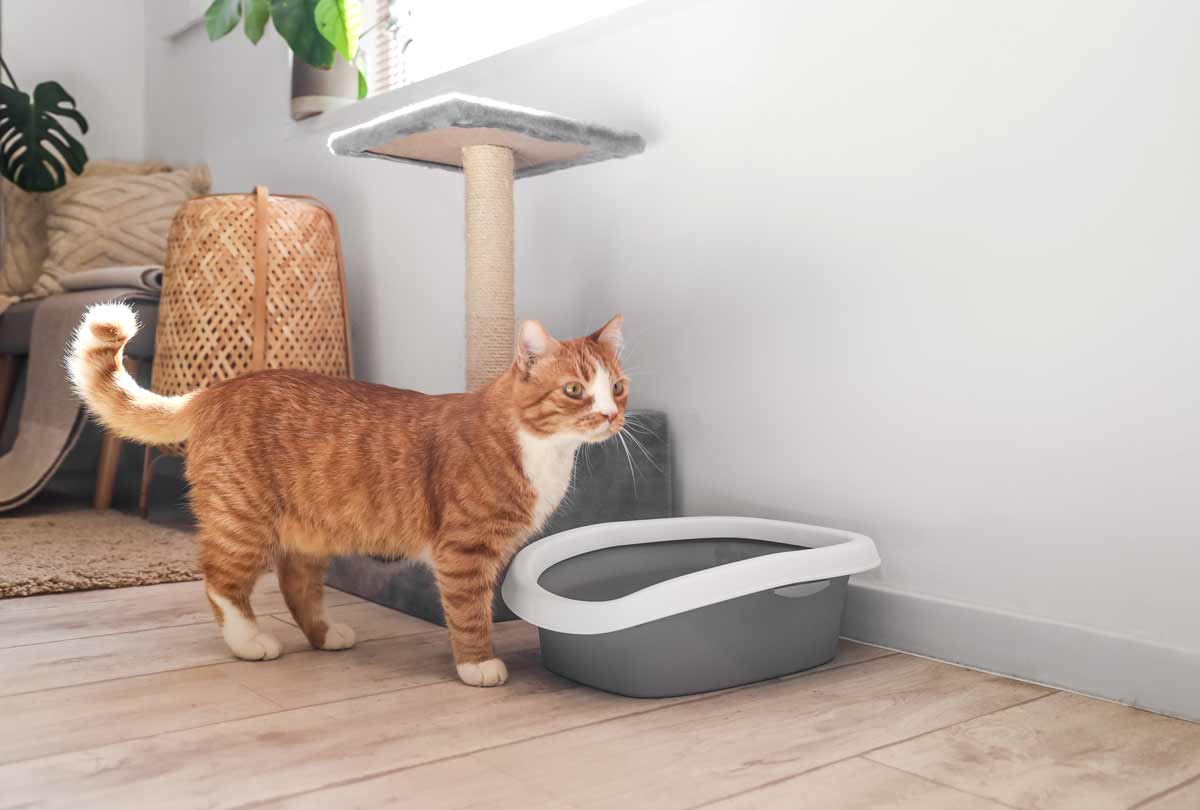
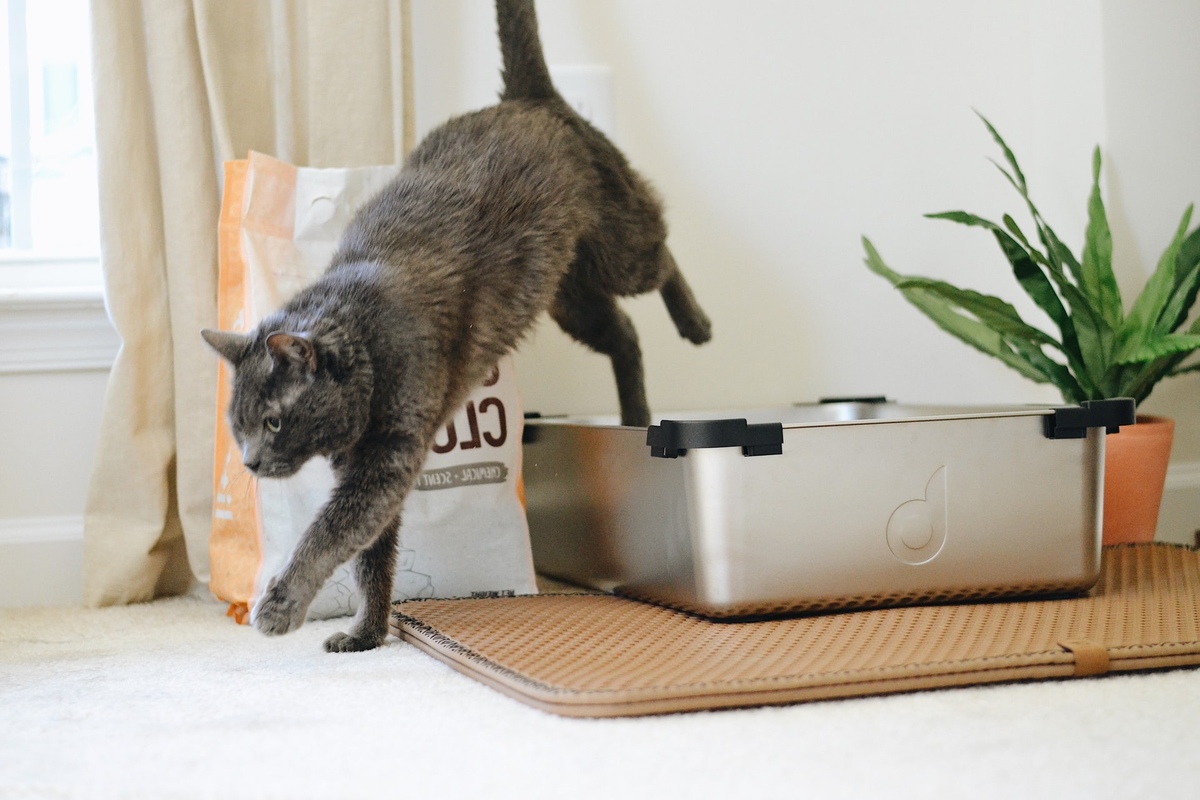

0 thoughts on “How To Discipline A Cat For Peeing Outside The Litter Box”